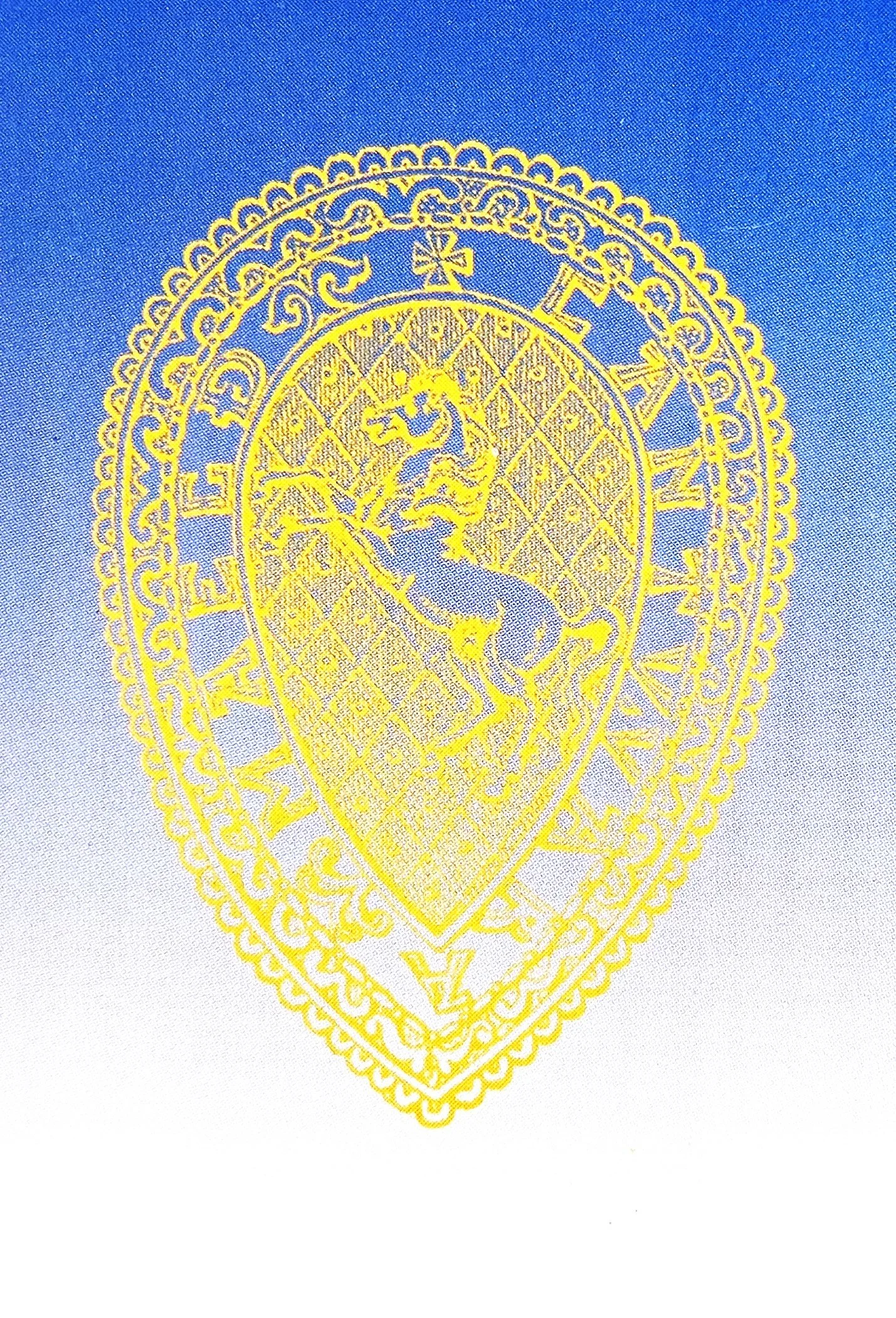Featured
Marion Green, Education Officer Canterbury Archaeological Trust, 2008, KAS Newsletter, Issue 77 (Summer 2008). Maidstone: Kent Archaeological Society.
Lesley Feakes, 2008, KAS Newsletter, Issue 77 (Summer 2008). Maidstone: Kent Archaeological Society.
Pete Clark, 2008, KAS Newsletter, Issue 77 (Summer 2008). Maidstone: Kent Archaeological Society.








Gerald Moody and Paul Hart, Trust for Thanet Archaeology, 2008, KAS Newsletter, Issue 77 (Summer 2008). Maidstone: Kent Archaeological Society.